You’ve been grinding in the gym, chasing the dream of becoming a muscular hero or, if you’re a woman, achieving the kind of physique that turns heads and racks up Instagram likes. Yet, despite your relentless effort, progress seems maddeningly elusive. The truth is, many of us have been there.
The Struggle is Real
You’re putting in the work:
- For the gym bro: “I can do 50 push-ups in a row, yet I’m not as big as I want.”
- For the aspiring Instagram star: “I can crush squats and leg presses, but where’s the attention for my hard work?”
At first, it feels like you’re in a survival battle, every session a fight for your dream body. Along the way, you meet the so-called truth-tellers, self-proclaimed fitness gurus who promise you the ultimate formula for success. Their plan is simple:
- “Do 10 sets of 10 reps for basic exercises until your muscles swell with so much blood your skin feels like it’s about to rip.”
Inspired, you dive headfirst into their methods, convinced you’ve unlocked the blueprint. Your gym days become the highlight of your existence. You start viewing others as lesser, scoffing at the ones who seemingly train just to admire themselves in the mirror.
The Wake-Up Call
Months later, reality hits. You’ve been religiously following their advice, pushing hard, and dedicating yourself. But your results are unimpressive—nowhere near what you expected. Frustration takes hold. You begin to suspect there’s a hidden key you’ve missed, something that separates those who succeed from those who don’t.
Cue the internet deep dive. Nights spent scrolling forums, devouring tips and programs, all in search of the elusive secret. Eventually, you revamp your training plan to include the classics—Squats, Deadlifts, Bench Press, Overhead Press, and Dips. This time, you notice changes: you’re getting stronger, gaining muscle, and seeing some visible improvement.
But it’s still not what you envisioned. Why?
The Revelation: Progression is King
The answer isn’t about the exercises themselves—it’s about progression. The success of any training program hinges on one thing: continually challenging yourself to improve. Exercise selection matters, but only to a point. Without progression, even the best movements will eventually stop yielding results.
Here’s what progression means in practice:
- Progressive Overload:
- Continuously increase the weight, reps, or intensity of your exercises. This forces your body to adapt by growing stronger and bigger.
- Tracking and Consistency:
- Monitor your progress. Whether it’s adding 5 pounds to your lifts or squeezing out an extra rep, track it all. Small, consistent improvements compound over time.
- Intensity and Effort:
- Are you truly pushing yourself? If your sets don’t challenge you, your body has no reason to change. Focus on training near your limits.
Why Programs Alone Aren’t Enough
Programs provide structure, but they’re not magical. Doing the classics will help, but only if you’re applying progression. Whether it’s fancy routines or simple plans, the key is steadily pushing your boundaries.
The Real Takeaway
The gym is about more than just showing up or checking boxes. It’s about building resilience and embracing the grind. Progression transforms effort into results. So stop fixating on the specifics of exercises and focus on doing more than you did yesterday. That’s how you turn a good workout into a game-changer.
The next time you’re at the gym, remember:
- It’s not about the program.
- It’s not about the mirror.
- It’s about progression. Push harder, do better, and the results will follow.



